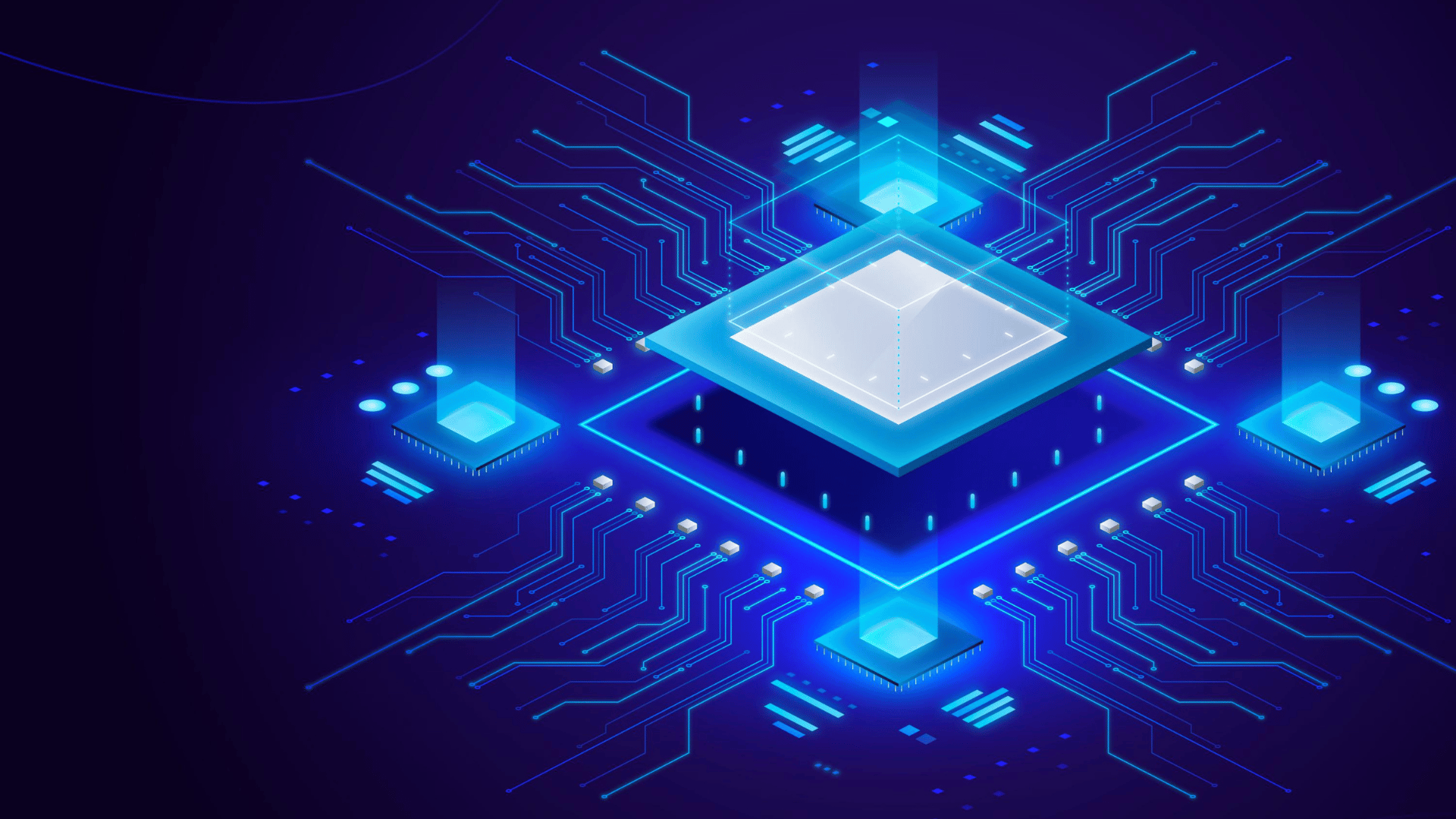In a world increasingly shaped by intelligent systems, the convergence of artificial intelligence with embedded hardware represents one of the most promising technological frontiers. Embedded systems & AI courses have emerged as critical pathways for engineers, developers, and technologists seeking to harness this powerful combination. These specialized educational programs equip professionals with the unique skills needed to deploy AI capabilities directly on resource-constrained devices—revolutionizing everything from consumer electronics to industrial automation.
Understanding Embedded Systems & AI: Intelligence at the Edge
Embedded Systems & AI refers to the implementation of artificial intelligence algorithms and capabilities directly on hardware devices rather than in cloud-based systems. This approach brings computational intelligence to the “edge”—closer to where data is generated—creating numerous advantages:
- Reduced latency: Processing happens locally, enabling real-time responses
- Enhanced privacy: Sensitive data stays on the device rather than being transmitted
- Improved reliability: Systems can function even without network connectivity
- Lower power consumption: Optimized algorithms minimize resource usage
- Reduced bandwidth requirements: Only processed results need transmission
With global IoT deployments expected to exceed 35 billion devices by 2030, the demand for embedded Systems & AI expertise continues to accelerate across industries.
What Makes Embedded Systems & AI Courses Unique
Unlike traditional AI education that focuses primarily on algorithm development and cloud implementations, embedded Systems AI courses address the specific challenges of deploying intelligence in constrained environments. These programs bridge the gap between hardware engineering and artificial intelligence disciplines, creating a specialized skill set that’s increasingly valuable in today’s technology landscape.
Core Components of Comprehensive Embedded Systems & AI Courses
The most effective embedded Systems & AI training programs typically include:
- Embedded Systems Fundamentals
- Microcontroller programming
- Real-time operating systems
- Memory management
- Power optimization techniques
- AI Model Optimization
- Quantization techniques
- Neural network compression
- Model pruning methodologies
- Efficient algorithm design
- Hardware Platforms for AI
- Microcontrollers with AI capabilities
- Field-Programmable Gate Arrays (FPGAs)
- Specialized AI accelerators (NPUs, TPUs)
- System-on-Chip (SoC) architectures
- TinyML Development
- Ultra-low-power machine learning implementation
- Sensor data processing
- Voice and vision applications for microcontrollers
- Resource-aware model training
- Development Toolchains
- TensorFlow Lite for Microcontrollers
- Edge Impulse
- STM32Cube.AI
- CMSIS-NN
- Practical Projects
- Gesture recognition systems
- Smart sensor applications
- Voice-activated controls
- Computer vision on embedded devices
Real-World Applications Driving Embedded AI Education
The growing interest in embedded Systems AI courses directly correlates with expanding applications across diverse industries:
Consumer Electronics
Smart home devices, wearables, and personal gadgets increasingly rely on embedded AI to deliver personalized experiences without constant cloud connectivity. Voice assistants that process commands locally and fitness trackers that analyze movement patterns on-device exemplify this trend.
Industrial Automation
Predictive maintenance systems, quality control mechanisms, and manufacturing optimization rely on embedded AI to process sensor data directly on the factory floor, enabling real-time decisions that improve efficiency and reduce downtime.
Healthcare
Medical devices with embedded AI capabilities can monitor patient vitals, detect anomalies, and even diagnose conditions without transmitting sensitive health information to external servers, addressing critical privacy concerns.
Transportation
Autonomous vehicles and advanced driver assistance systems utilize embedded AI to process camera feeds, lidar data, and other sensor inputs with minimal latency—a requirement for safe operation in dynamic environments.
Agriculture
Smart farming equipment with embedded AI can analyze soil conditions, identify crop diseases, and optimize resource usage directly in the field, even in areas with limited connectivity.
Choosing the Right Embedded AI Course
When evaluating embedded AI educational options, professionals should consider several factors:
- Hardware Focus: Courses should provide hands-on experience with actual embedded systems rather than just theoretical concepts.
- Software Frameworks: Training should cover industry-standard tools like TensorFlow Lite, PyTorch Mobile, or specialized embedded AI frameworks.
- Practical Projects: Look for courses that include substantial project work on real-world applications.
- Prerequisites: Understanding what background knowledge is expected (programming languages, electronics fundamentals, basic AI concepts).
- Instructors’ Expertise: Ideally, instructors should have industry experience in both embedded systems and artificial intelligence.
- Community Support: Access to forums, discussion groups, or mentorship opportunities enhances the learning experience.
Future Trends Shaping Embedded Systems AI Education
Several emerging developments are influencing the evolution of embedded Systems AI courses:
- Neuromorphic Computing: Courses are beginning to explore brain-inspired computing architectures that fundamentally change how AI operates on embedded systems.
- Multi-Modal Systems: The integration of various sensor types (audio, visual, environmental) creates more complex embedded AI challenges requiring specialized training.
- Edge-Cloud Collaboration: Hybrid approaches that intelligently distribute processing between embedded devices and cloud resources represent an important educational frontier.
- Open Hardware Platforms: The proliferation of accessible development boards specifically designed for AI experimentation is democratizing embedded AI education.
- Standardized Certifications: Industry-recognized credentials for embedded AI expertise are emerging to validate specialized skills.
Summary
As intelligent systems become increasingly ubiquitous in our daily lives, the ability to implement AI capabilities directly on embedded devices represents a valuable and growing skill set. Embedded AI courses provide the specialized knowledge needed to bridge hardware constraints with advanced intelligence, opening opportunities across numerous industries.
Whether you’re a seasoned developer looking to expand your expertise, an engineering student planning your career path, or a company leader evaluating training options for your team, investing in embedded AI education positions you at the forefront of a technological transformation that continues to accelerate.
By mastering the unique challenges of deploying intelligence at the edge, professionals gain not just technical skills but the ability to create the next generation of smart, efficient, and responsive systems that will define our technological future.





